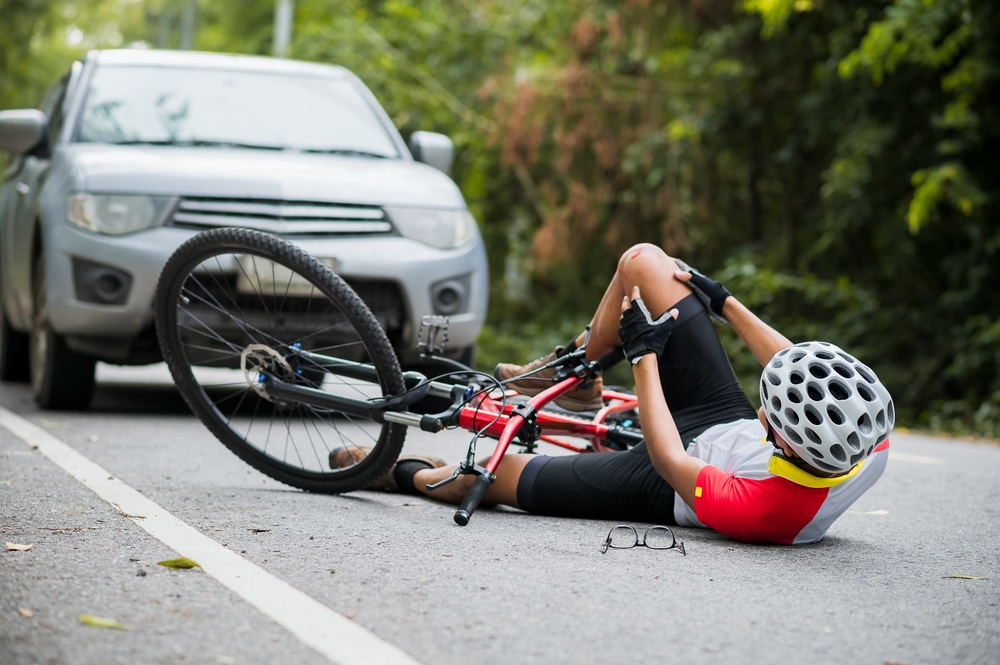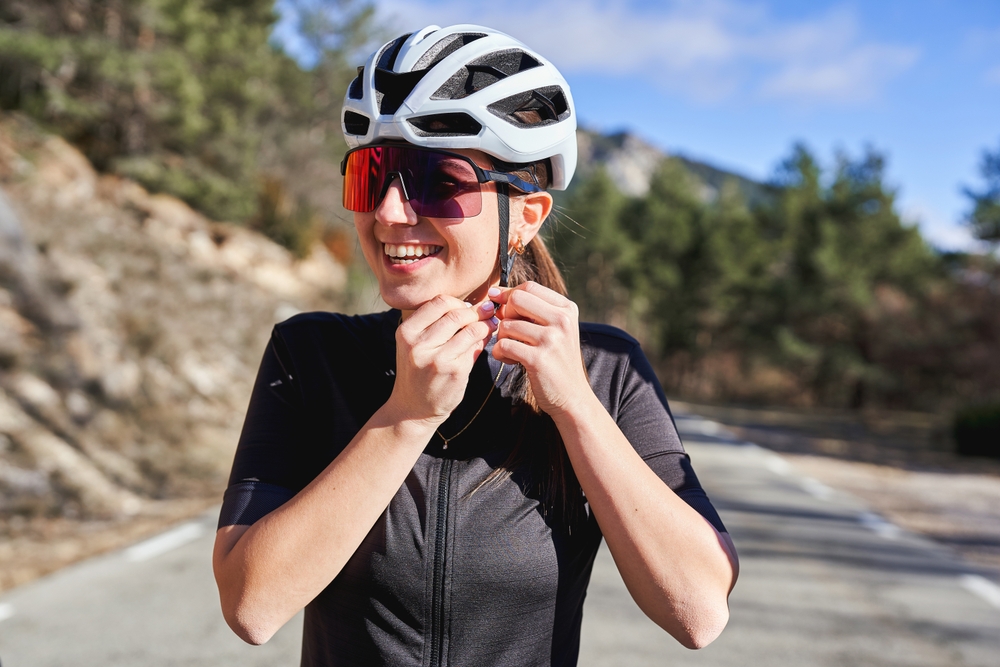Getting into cycling is an exciting journey that combines fitness, adventure, and personal growth. Whether you’re cycling to improve your health, save on commuting costs, or simply enjoy the outdoors, it’s important to approach your new passion with the right training and exercise habits. Here are some tips to help you get started, avoid injuries, and build up your skills as a cyclist.
Start with the Basics: Build a Solid Foundation
If you’re new to cycling, start by building a strong foundation. Begin with shorter, more manageable rides to develop stamina, get used to your bike, and avoid over-exertion. Try setting small goals, like cycling for 20-30 minutes a few times a week, and gradually increase the duration and intensity as you become more comfortable.
For more beginner-friendly advice, check out our guide to cycling safety tips to keep yourself protected as you build confidence on the road.
Focus on Form and Technique
Proper form and technique are essential to avoid injuries and ensure an enjoyable ride. Pay attention to your posture on the bike: keep your back straight, shoulders relaxed, and hands loose on the handlebars. Your knees should align with your toes when pedaling, and avoid locking your elbows to absorb road bumps smoothly. Practice efficient pedaling by focusing on smooth, circular strokes instead of pushing down on the pedals.
For further tips on staying injury-free, read our article on Top 5 Crucial Tips For Staying Safe On The Road
Invest in Core and Strength Training
Cycling is great for cardiovascular health, but strengthening your core and legs can improve your stability, power, and endurance on the bike. Incorporate exercises like planks, squats, lunges, and glute bridges into your routine to support your cycling performance. Strong core and leg muscles not only enhance your ability to climb hills and tackle longer rides but also protect against potential injuries.
Increase Your Distance Gradually
It can be tempting to push yourself too hard when you’re excited, but gradually increasing your distance is key to building endurance safely. Aim to increase your mileage by no more than 10% each week to give your body time to adapt. This gradual approach will help prevent overuse injuries and allow you to recover more effectively between rides.
For advice on managing longer rides safely, check out our article on bike maintenance to keep your bike in top condition as you take on more challenging distances.
Mix Up Your Rides for Balance and Growth
Combining different types of rides—such as long endurance rides, short sprints, and interval training—will improve your fitness and cycling skills. Long rides help build stamina, while sprinting and interval workouts enhance your speed and power. Mixing up your rides prevents monotony and ensures that you’re training all aspects of your fitness.
Pay Attention to Recovery
Recovery is an essential part of any training program, as it allows your muscles to repair and grow stronger. After a long or intense ride, take time to stretch, rehydrate, and replenish your body with healthy nutrients. Try to get a good night’s sleep and consider incorporating gentle activities like yoga or light walking on your rest days to help with active recovery.
Equip Yourself with the Right Gear
Having the right gear can make a big difference in your cycling experience. Invest in a comfortable helmet, padded shorts, and a high-quality pair of cycling shoes to enhance your comfort and performance. Additionally, consider wearing reflective clothing, especially during the darker winter months, to stay visible to drivers.
If you’re interested in purchasing cycle insurance, then you can explore more on Velosure where we have a guide on bike accessories we cover.
Listen to Your Body and Know When to Stop
As with any sport, listening to your body is crucial to prevent overuse and injuries. If you experience persistent pain or discomfort, take a break and assess your form and training intensity. Pushing through pain could lead to serious injuries that may set back your progress. Knowing when to rest or seek professional advice is key to a long and enjoyable cycling journey.
Join a Cycling Group or Seek a Coach
For motivation, support, and improvement, consider joining a local cycling group or hiring a cycling coach. Cycling groups can provide tips, share routes, and offer encouragement, making the process more enjoyable. A coach can help you develop a personalised training plan, work on your technique, and give feedback on your progress.
Be Prepared in Case of an Accident
While training and preparation reduce risks, accidents can still happen. Understanding your rights and having a plan in place for making a claim can give you peace of mind if you’re involved in an incident. If you’re ever in a cycling accident, gathering evidence and seeking professional advice promptly can be crucial for a successful claim. For more information in what to do in the situation of a bicycle accident, you can read more here.
Conclusion
Getting into cycling is an exciting way to improve fitness, explore new areas, and connect with other cyclists. By following these training and exercise tips, you can start your cycling journey with confidence, improve your performance, and stay safe on the road. Remember to listen to your body, focus on your technique, and gradually increase your rides to build up your endurance.
If you ever need support after an accident, or have questions about making a cycling accident claim, our team is here to help. Visit our enquiry page or call 0800 093 6313 for guidance and assistance.








